These are the countries that rely the most on tourism around the world, and could be the worst-hit as travel collapses
Sinéad Baker

- The coronavirus pandemic has halted global travel, hammering tourism around the world.
- Some countries rely heavily on tourism for their economies. They will likely be the worst-affected as borders stay closed and fear traveling.
Global travel has been devastated by the coronavirus pandemic, which has reached almost every country on the planet and prompted lockdowns and border closures.
As some countries get their outbreaks under control, tourism hotspots are rushing to find ways to attract tourists and reassure them that they will be safe.
But even with their best efforts, travel will be hampered by government restrictions, lingering fears from travelers themselves, and household budgets that can ill-afford lavish vacations in the inevitably recessions around the world.
These are the countries, based World Bank data for tourism as a percentage of GDP reported by Quartz, that rely the most on visitors:
Maldives
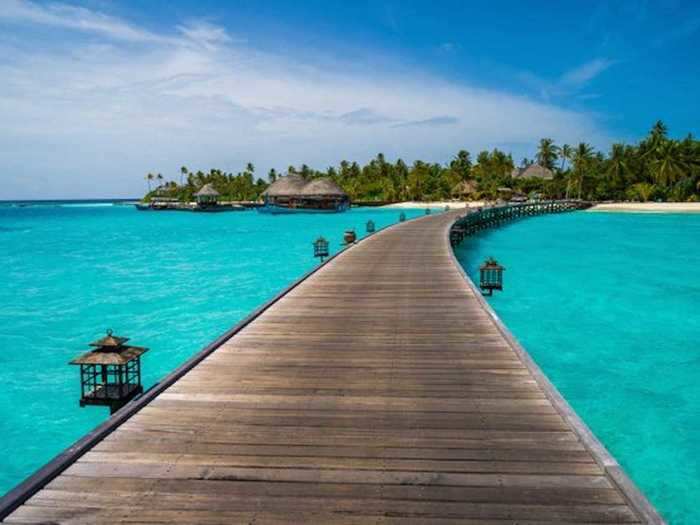
The Maldives, a small island nation in the Indian Ocean, derives 38.92% of its GDP from tourism.
It plans on reopening to tourists from July, and has abandoned plans to charge tourists extra fees for visas and tests.
Maldives

The Maldives, a small island nation in the Indian Ocean, derives 38.92% of its GDP from tourism.
It plans on reopening to tourists from July, and has abandoned plans to charge tourists extra fees for visas and tests.
British Virgin Islands
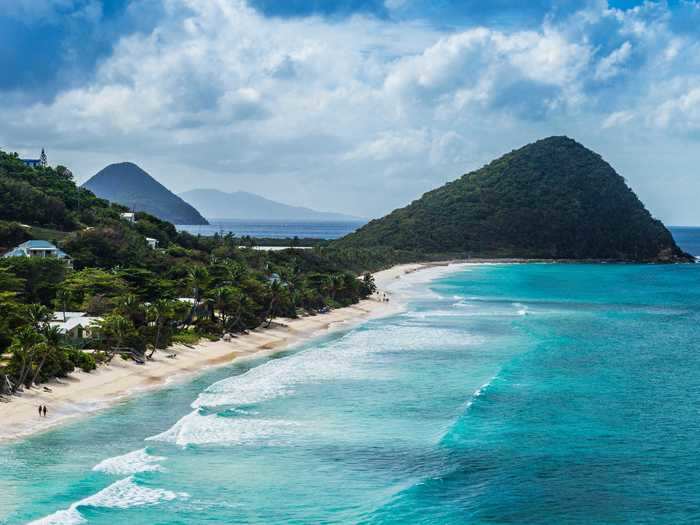
The, country, which derives 32.96% of its GDP from tourism, officially closed its borders to visitors on March 19.
It plans on reopening in a phased way, starting with its own returning citizens in June, who have to quarantine for 14 days after they arrive.
Macao

This special administrative region of China was one of the first places to record a coronavirus case, due to its proximity to the mainland.
And while it has not recorded many cases since, its tourism business, driven largely by its famous casinos, has stalled.
It derives 28.05% of its GDP from tourism, and could set up a travel bubbles with neighbouring regions like Hong Kong.
Aruba

Aruba, a Dutch island in the Caribbean, derives 27.64% of its GDP from tourism.
It has recorded just 101 coronavirus cases throughout the outbreak, and has had zero cases in June.
It plans on opening its borders with the US on July 10, and with Europe, Canada and most other Caribbean nations on July 1.
It expects its July tourism numbers to be around 20% of those it had in July 2019.
Seychelles
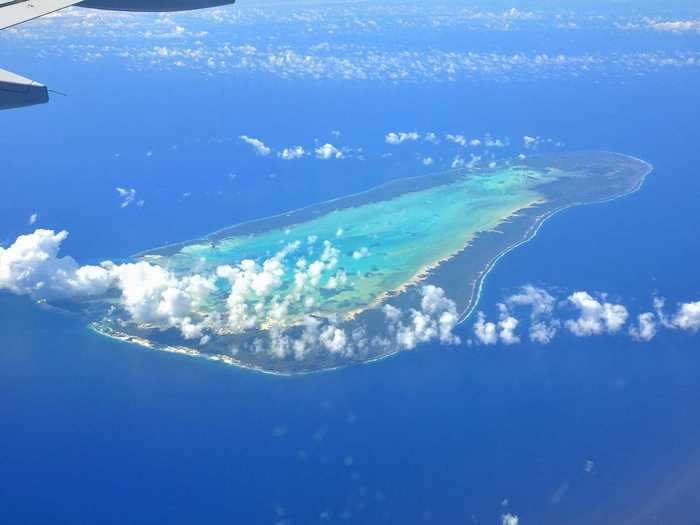
The island country in the Indian Ocean derives 25.74% of its GDP from tourism.
It has allowed some visitors since June 1, so long as they come from approved countries and have proof of a negative test, among other steps.
It has banned cruise ships until the end of 2021.
The Bahamas
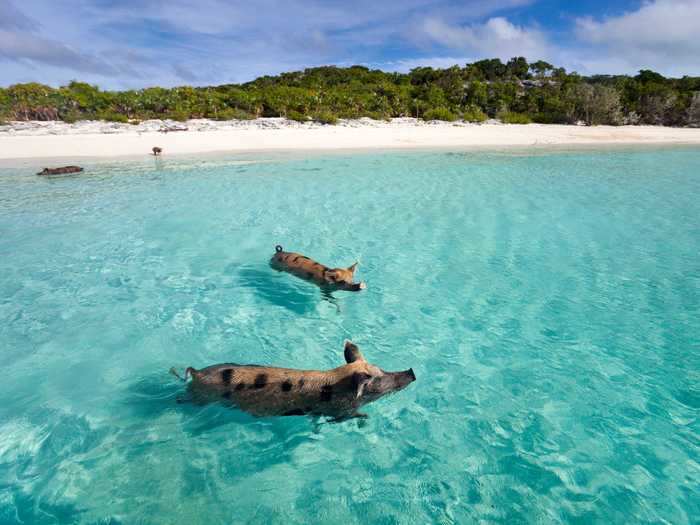
The Bahamas has restarted domestic flights between its islands, and is allowing international flights to start again from July 1.
International boats, yachts and private aviation were allowed from June 15.
Travellers will be screened and have to socially distance.
The country derived 19.23% of its GDP from tourism, but that may have been impacted by Hurricane Dorian in 2019.
Vanuatu
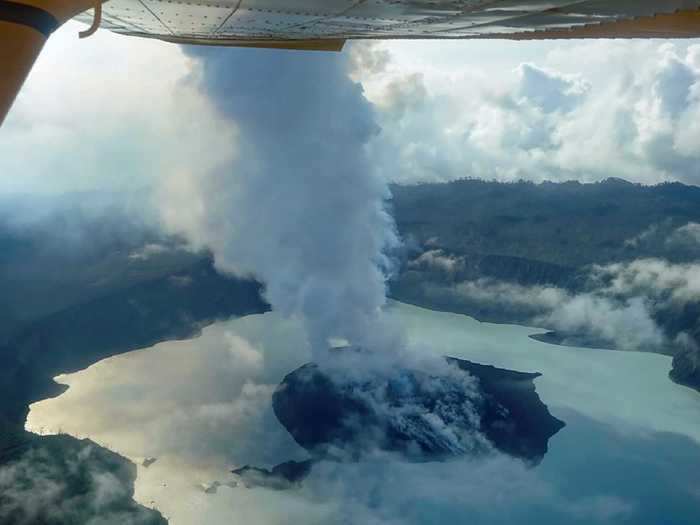
The island nation in the South Pacific Ocean derives 18.16% of its GDP from tourism.
It has recorded no coronavirus cases, after it closed its borders and banned flights between its own islands on March 26. It was hit by a devastating cyclone two weeks later.
Cape Verde
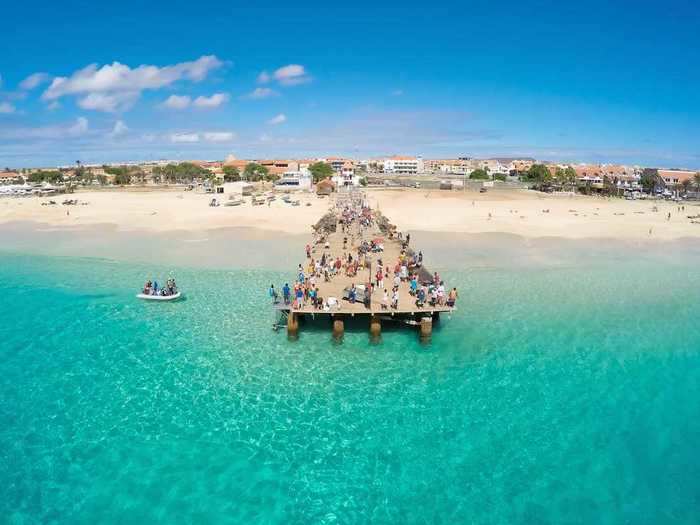
The island country in the Atlantic Ocean derives 17.66% of its GDP from tourism.
It has recorded fewer than 800 virus cases, and is allowing flights between its islands to start again on June 30.
St. Lucia
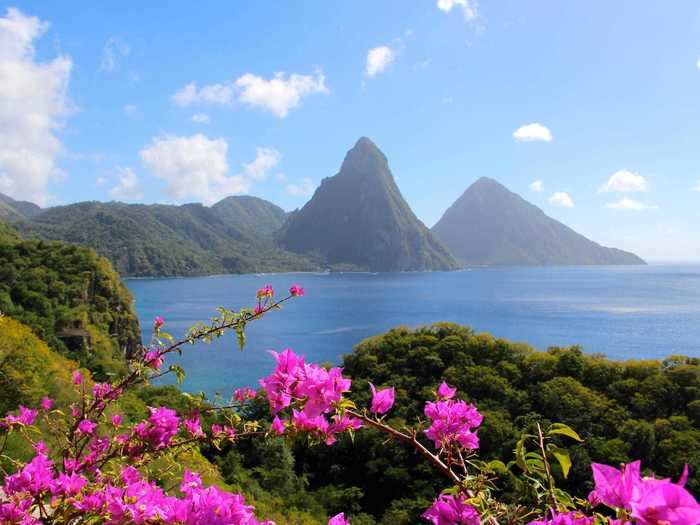
The Caribbean island nation has seen fewer than 20 coronavirus cases.
It has allowed visitors to come since June 4, with tourists required to show a negative test dated within 48 hours of their flight. They are also required to wear a mask while in the country.
It derives 15.61% of its GDP from tourism.
Belize
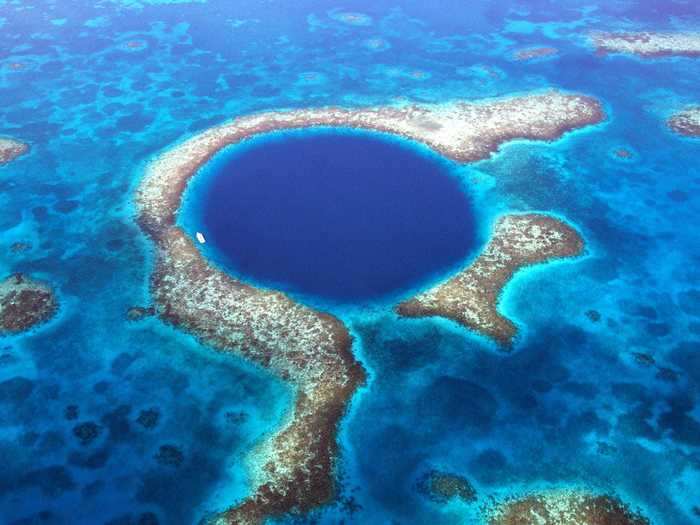
The Caribbean country derives 14.95% of its GDP from tourism.
It has seen 22 coronavirus cases, and the country's international airport is closed, with its cruise ship industry also suspended.
Its airport could open from July 1.
Fiji

The country in the South Pacific Ocean derives 14.09% of its GDP from tourism.
It has seen fewer than 20 coronavirus cases, and has had zero active cases since June 5.
The country's borders are closed since March 25, with citizens only able to return on official repatriation flights.
Those in the tourism industry say the effect will be "catastrophic."
Malta

The European island country has seen more than 600 cases.
It derives 14.08% of its GDP from tourism.
Its international airport is due to open from July 1 to visitors from certain countries, including Germany, Austria, Switzerland, Norway, Denmark, Hungary, Finland, Ireland, and the Czech Republic.
Restrictions from other countries are expected to be lifted on July 15.
Cambodia

13.72% of the southeast Asian country's GDP is derived from tourism.
It has only seen 129 coronavirus cases, and it started opening its borders to tourists in late May.
It is asking tourists to pay a $3,000 deposit, which covers a coronavirus test and health care costs for if travellers get sick.
Most of it is returned to tourists if not used.
Barbados
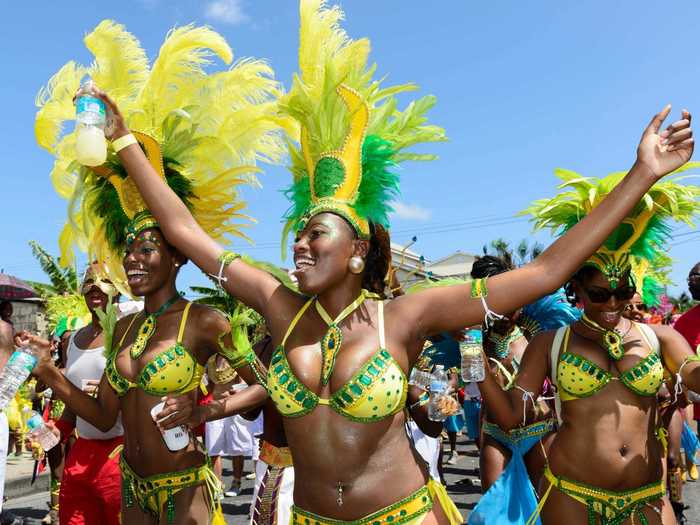
Barbados has seen fewer than 100 coronavirus cases, and there is currently no ban on travel to the Caribbean island.
It derives 13.13% of its GDP from tourism.
Visitors from any country with a widespread outbreak have to quarantine for 14 days when they arrive.
Antigua and Barbuda
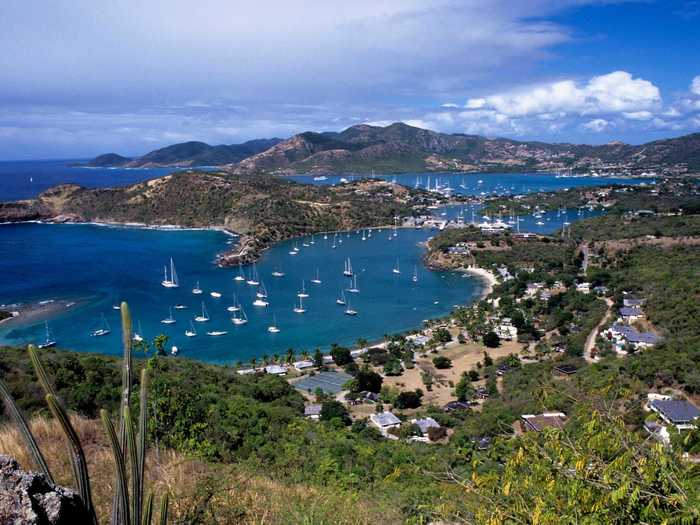
The West Indies island nation has opened to visitors, with tourists required to submit health forms and do tests when they arrive. People will also have to socially distance on the island.
It derives 13.09% of its GDP from tourism.
Dominica
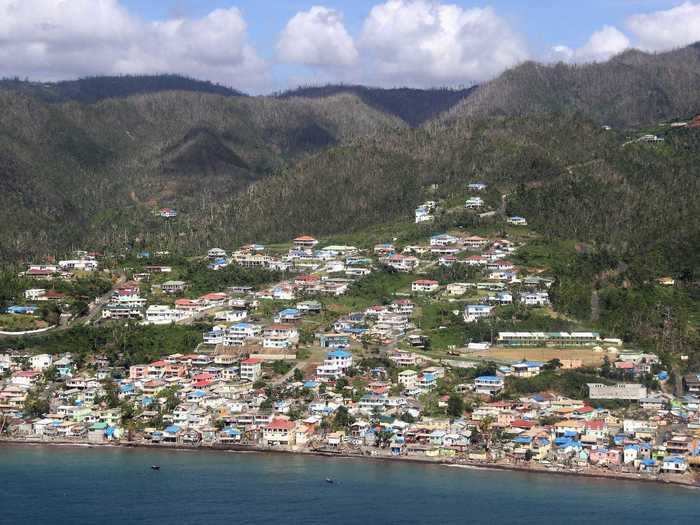
Dominica has seen fewer than 20 coronavirus cases, and has closed its borders to commercial flights, as well as private flights and boats.
It derives 12.33% of its GDP from tourism.
Montenegro

The Balkan country derives 11.67% of its GDP from tourism.
It has seen more than 300 coronavirus cases, and is now campaigning to attract tourists after announcing that it has no more active cases, billing itself as Europe's first coronavirus-free country.
Croatia

The European country derives 11% of its GDP from tourism.
The country is now allowing tourists, with certain restrictions.
Sao Tome and Principe

The island, off the coast of western Africa, has seen over 680 coronavirus cases.
It banned all foreign travellers.
It derives 10.63% of its GDP from tourism.
Jamaica

The Caribbean island nation has had more than 600 coronavirus cases.
It reopened for international travel on June 15, but requires a health screening during which tourists have to say if they have or have had coronavirus symptoms.
10.48% of its GDP is derived from tourism.
Thailand

Thailand, which derives 9.82% of its GDP from tourism, recorded more than 3,000 coronavirus cases.
The borders are closed until at least June 30.
It plans on a phased reopening for tourists, which could mean visitors can only go to certain parts of the country.
It could also involve travel bubbles, where only people from certain countries can visit.
Georgia

Georgia has had fewer than 900 coronavirus cases, and 9.36% of its GDP is derived from tourism.
The country, which bridges Europe and Asia, has stopped foreign citizens from entering, but will start to reopen borders to certain countries from July 1.
Philippines

The Philippines derives 8.7% of its GDP from tourism, and it relies heavily on tourism from China.
It has been hard hit by the coronavirus, seeing more than 27,000 cases.
It stopped most international travellers and restricted domestic travel, but is sharing online videos so people can experience the country virtually.
Kiribati
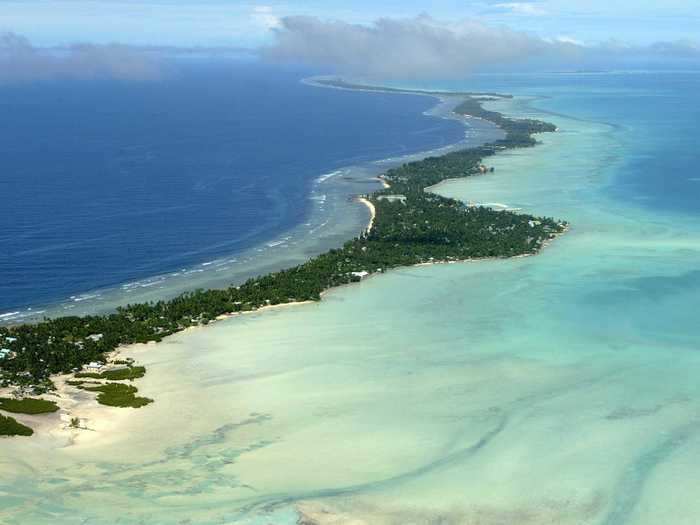
The Pacific Ocean country has had no coronavirus cases, and requires people travelling from countries with coronavirus outbreaks to spend at least 14 days in a country without the virus before they enter.
It derives 8.66% of its GDP from tourism.
Iceland

Iceland, where 8.63% of GDP comes from tourism, has had fewer than 2,000 coronavirus cases.
People from the EU and the Schengen area can visit. On arrival they can take a coronavirus test, and move freely provided they test negative.
Without a test, they have to quarantine for 14 days first.
READ MORE ARTICLES ON
Popular Right Now
Advertisement